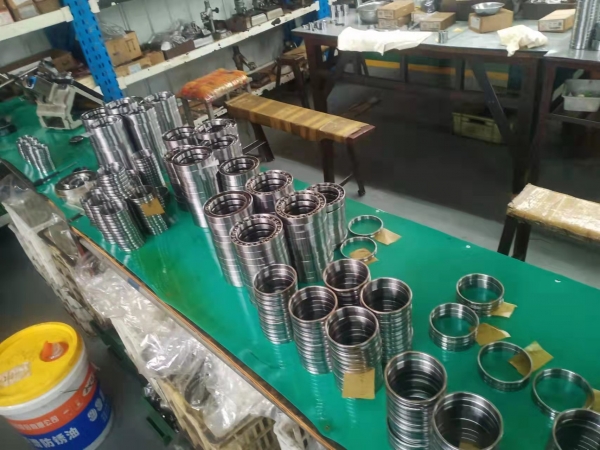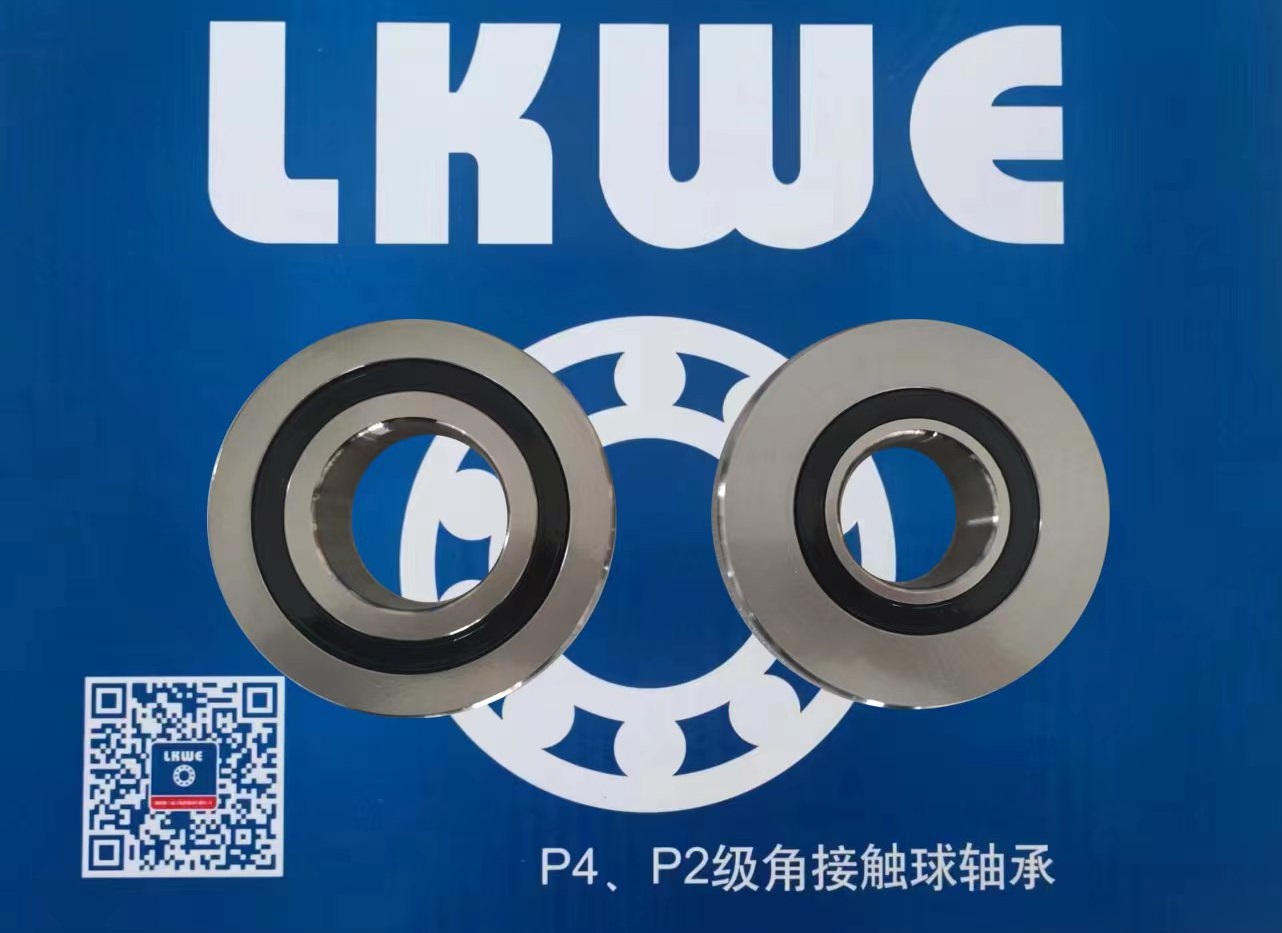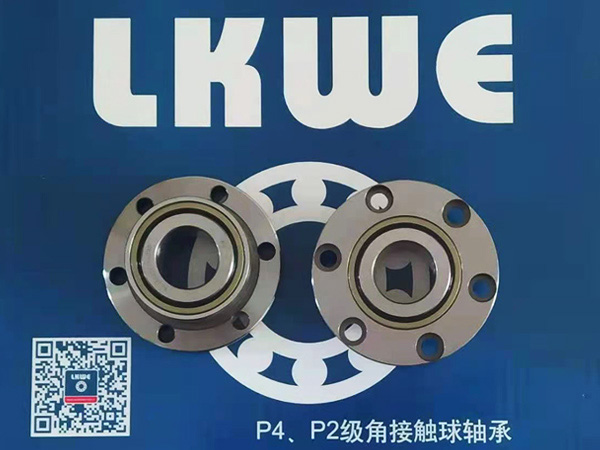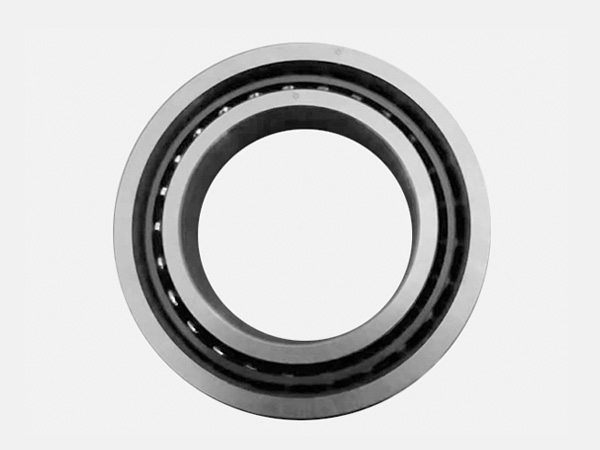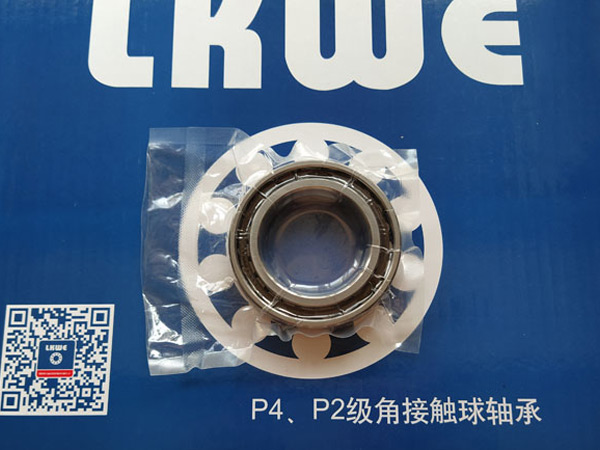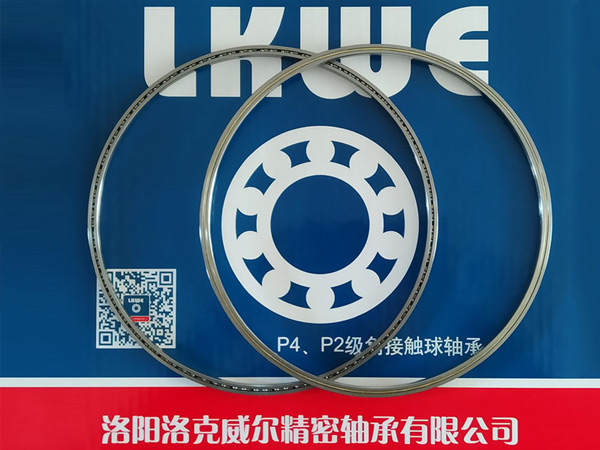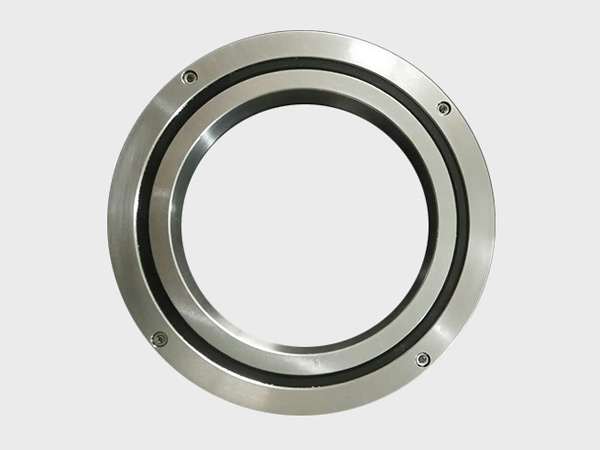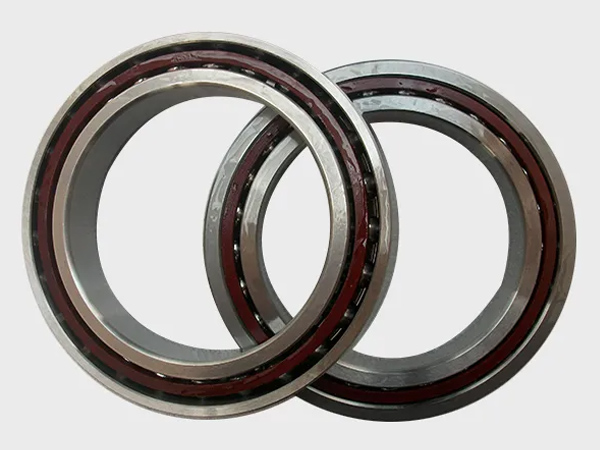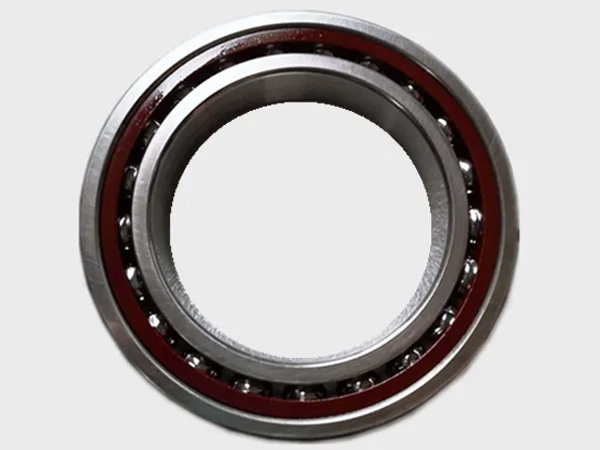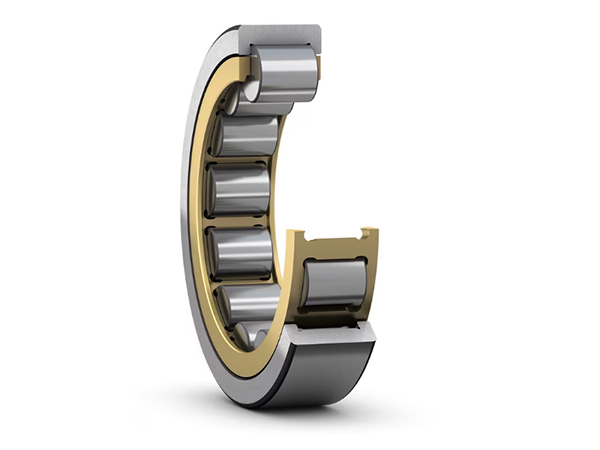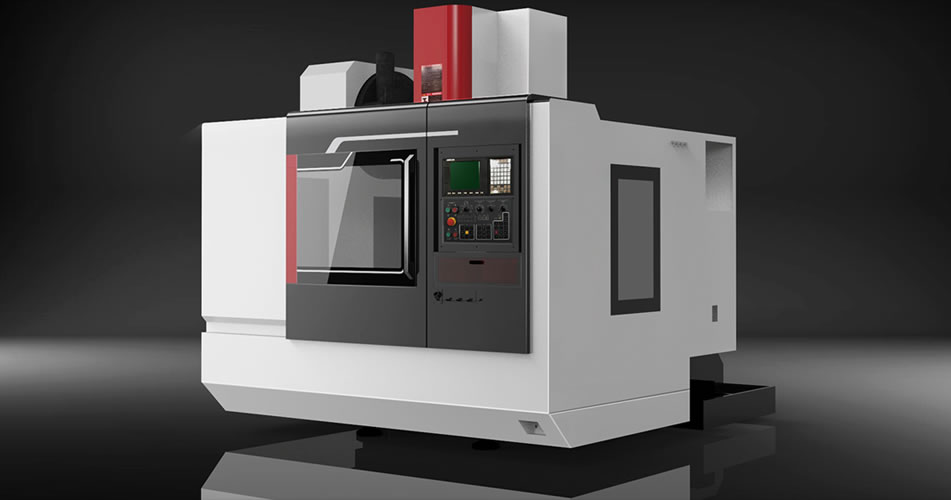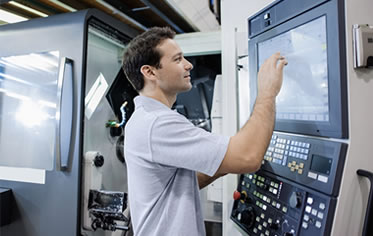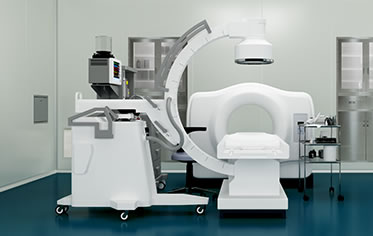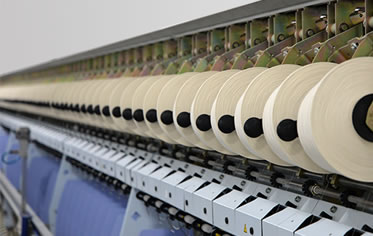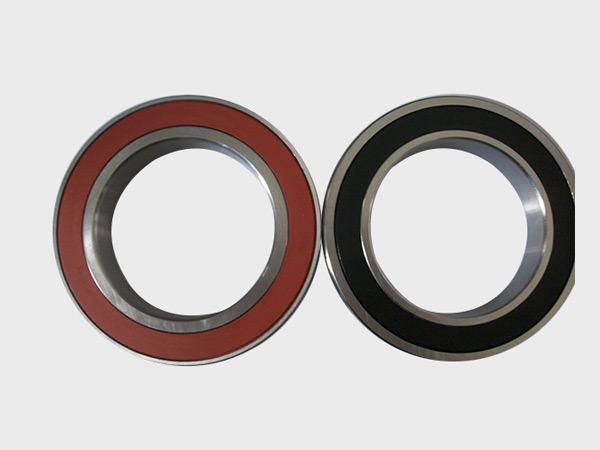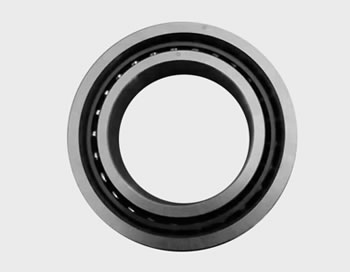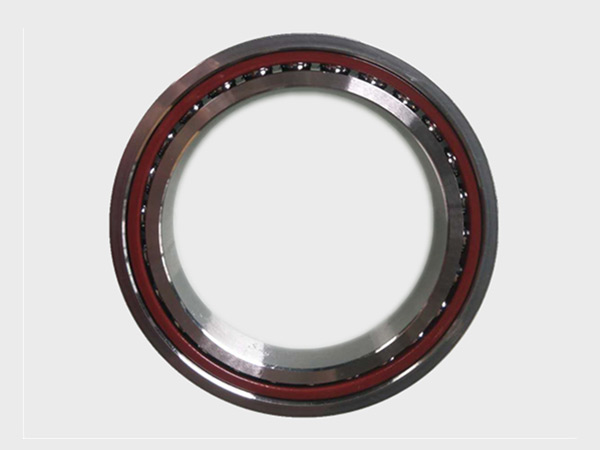Precision Bearing
According to the ISO classification standards, precision bearings are divided into: P0, P6, P5, P4, P2. The grades increase in order, among which P0 is ordinary precision, and the other grades are precision grades. Of course, different classification standards, different types of bearings, their classification methods are different, but the meaning is the same. The performance of precision bearings requires the rotating body to have high runout accuracy, high-speed rotation and small friction and friction changes.
Because the precision of the precision bearing itself is within 1μm, it is required to have high dimensional accuracy and shape accuracy with its matching parts (shaft, bearing seat, end cover, retaining ring, etc.), especially the accuracy of the mating surface should be controlled at the same level as the bearing Within the level, this is crucial, and it is most easily overlooked.
It must also be noted that if the matching parts of the precision bearing do not meet the above requirements, the precision bearing will often cause an error that is several times larger than the original bearing error after installation, or even more than 10 times the error. It is completely impossible to be a precision bearing because of the matching machine. The error of the parts is often not simply superimposed on the error of the bearing, but added after being enlarged by different multiples。
Flexible bearings
Flexible bearings use the controllable elastic deformation of flexible elements to transmit motion and power, and the rolling elements are made of high-carbon chromium bearing steel.
High-speed Servo Motor Bearings
Good airtightness, high stability, preferred metal material, after special heat treatment process, manufacturing equipment and technology.
Flange Type Screw Bearings
Flanged screw bearing has a compact structure, small volume, two-way force, low vibration, low noise, high rotation accuracy, low friction torque……
Screw Bearings
Screw bearings are used in machine tool lead screws. They have good running support performance, quiet and energy saving, high wear resistance and so on
Cylindrical Roller Bearings
The roller and raceway of cylindrical roller bearings are in line contact or repaired offline contact, with large radial load capacity.
Thin-walled Bearings
The thin-walled bearing realizes the extremely thin bearing section, and also realizes the miniaturization and light weight of the product.
Cross Roller Bearings
Crossed roller bearing is a special type bearing with split inner ring and rotating outer ring.
Spindle Bearings
Spindle bearings: ultra high speed, ultra precision, ultra durability, high efficiency, and reliability
Machine Tool Bearings
The high-precision and ultra high speed series can meet all the needs of your machine tools.
Universal Cylindrical Roller Bearings
When selecting universal cylindrical roller bearings, it’s important to consider the specific requirements of the application, including load conditions, speed, temperature, and environmental factors.



